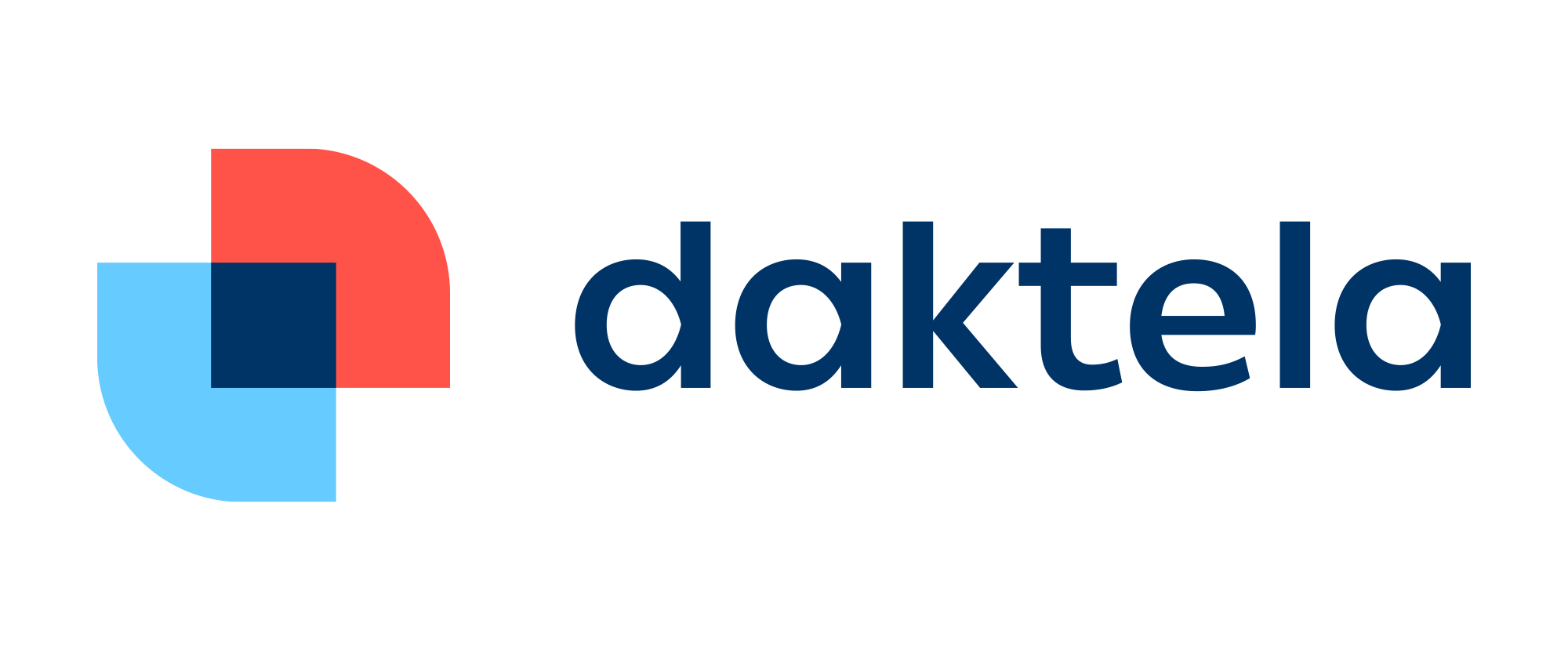The phone is still one of the most powerful channels in customer care — fast, direct, and human. But what happens behind the scenes when someone dials your number?
With Daktela, an incoming call is never “just a call.” It’s part of an intelligent, flexible, and highly automated flow that helps your team deliver fast, personalized, and stress-free service.
Let’s walk through what actually happens when a customer calls — and how Daktela ensures it’s a smooth experience for everyone.
1. Call Reaches the Daktela Platform
As soon as the call hits your system, it’s processed through Daktela’s secure, cloud-based platform. This happens in milliseconds — whether you’re using a local number, toll-free line, or international routing.
2. IVR (Interactive Voice Response) Engages
Daktela’s customizable IVR menu greets the caller and helps them self-navigate to the right department or queue. You can build multi-level trees with:
- Language selection
- Department options
- Customer input (order number, ID, etc.)
- Estimated wait time announcements
- Callback options
Bonus: You can even add logic like time-based routing (e.g. after-hours calls) or priority handling for VIP customers.
3. CRM Lookup in Real Time
If the caller’s number is known, Daktela’s built-in CRM pulls up their customer profile instantly — showing:
- Name and contact details
- Conversation history across all channels
- Open tickets or ongoing cases
- Notes and tags
Result: The agent already knows who’s calling and why — before they even pick up the phone.
4. Smart Call Routing and Queuing
Based on your routing rules, the call is directed to the right person or team — using strategies like:
- Skills-based routing (e.g. product expertise or language)
- Least-busy or longest-available agent
- Sticky agent routing (same rep as last time)
- VIP or SLA-based prioritization
If all agents are busy, Daktela queues the call with real-time wait time updates and optional callback features to avoid frustration.
5. Agent Sees Full Caller Context
When the agent answers, they get a complete view of the caller — CRM data, conversation history, previous notes — right inside the call interface.
This saves time, avoids repetition, and sets the tone for a helpful, confident conversation.
6. Call Is Logged, Recorded, and Analyzed
After the call ends, Daktela automatically:
- Logs the call in the customer’s timeline
- Links it to an existing ticket or creates a new one
- Records the call (if enabled) for QA or training
- Tags the conversation (manually or with AI)
- Triggers follow-up workflows, surveys, or notifications
You get the full picture — and a clear path for follow-up or analysis.
7. Real-Time Reporting and Wallboards Update Instantly
Supervisors can watch live call queues, agent statuses, SLA performance, and more — all in real time. Daktela’s wallboards and reporting tools make it easy to spot issues, balance workloads, and keep service levels high.
Why It Matters
✅ Faster resolutions
✅ Personalized conversations
✅ Happier customers and agents
✅ Better data for smarter decisions
When your incoming call flow is smart and connected, your entire support operation becomes more efficient — and your brand becomes known for outstanding service.
Final Thought
Every phone call is a chance to impress, solve, and retain. With Daktela, you don’t just answer the phone — you orchestrate the entire experience.
Ready to upgrade your inbound calling?
Let us show you how Daktela makes it seamless, intelligent, and scalable.







